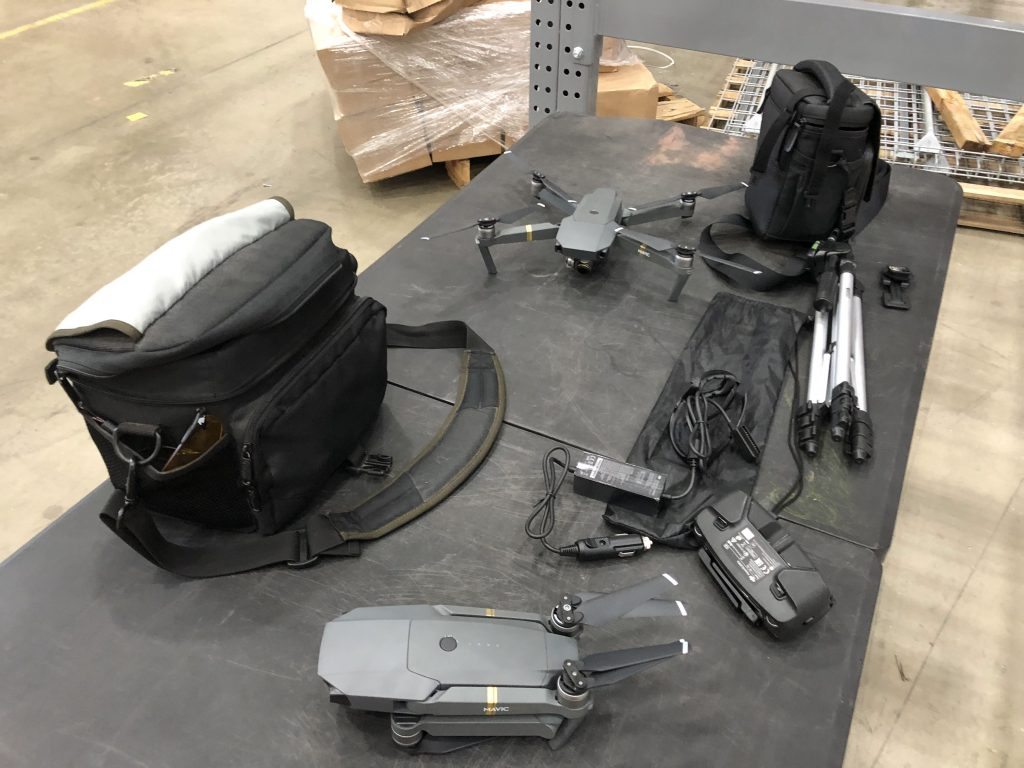Drone video can spice up websites and give an edge to your B-roll
Finding the right drone for you
There are a handful of drone manufacturers out there like Intel and Yuneec but DJI appear to dominate the market and for good reason. They have their SPARK series that offers a smaller more compact drone solution. The Mavic PRO has been their flagship product for quite some time and now most recent Mavic PRO2 offering improved obstacle detection and enhanced video features. DJI have great product support with quite a user community to back it up. If you purchase a DJI drone I would recommend getting their DJI Care refresh insurance. Trust me I don’t care how careful you are with your new drone at some point you are going to wreck it. It cost about $99 and must get purchased when you register your drone. Yes it is another $99.00 but well worth it. You will use it at some point believe me. Having it also makes flying a little less stressful.
Important Points to Consider
- Make sure you are in focus
- When shooting it is better to be under exposed than over exposed
- Use ND filters
- Go slow – You can always speed up video later in post
- Get long clean consistent shots try to avoid steering your drone all over the place
- Avoid distractions – Take it slow –
- Learn how to launch your drone with your our arm extended from the palm of your hand
- Learn how to land your drone on your hand
Drone Shoot Preparation and Planning
Getting your drone and video equipment ready
On Location
Once on location before unpacking I would touch base with the client and as I said earlier conduct a full re-con of the area. Try to find a good place with shade for you to pilot the drone from. If the sun is out and coming down hard you will really need to find a place that will let you clearly see your remote monitor and offer you a good line of site position to keep track of your drones location.
Think your shots through, think about what angles would look best. After launching your drone make sure you have a strong GPS signal and double check to make sure the home position has been recorded.





